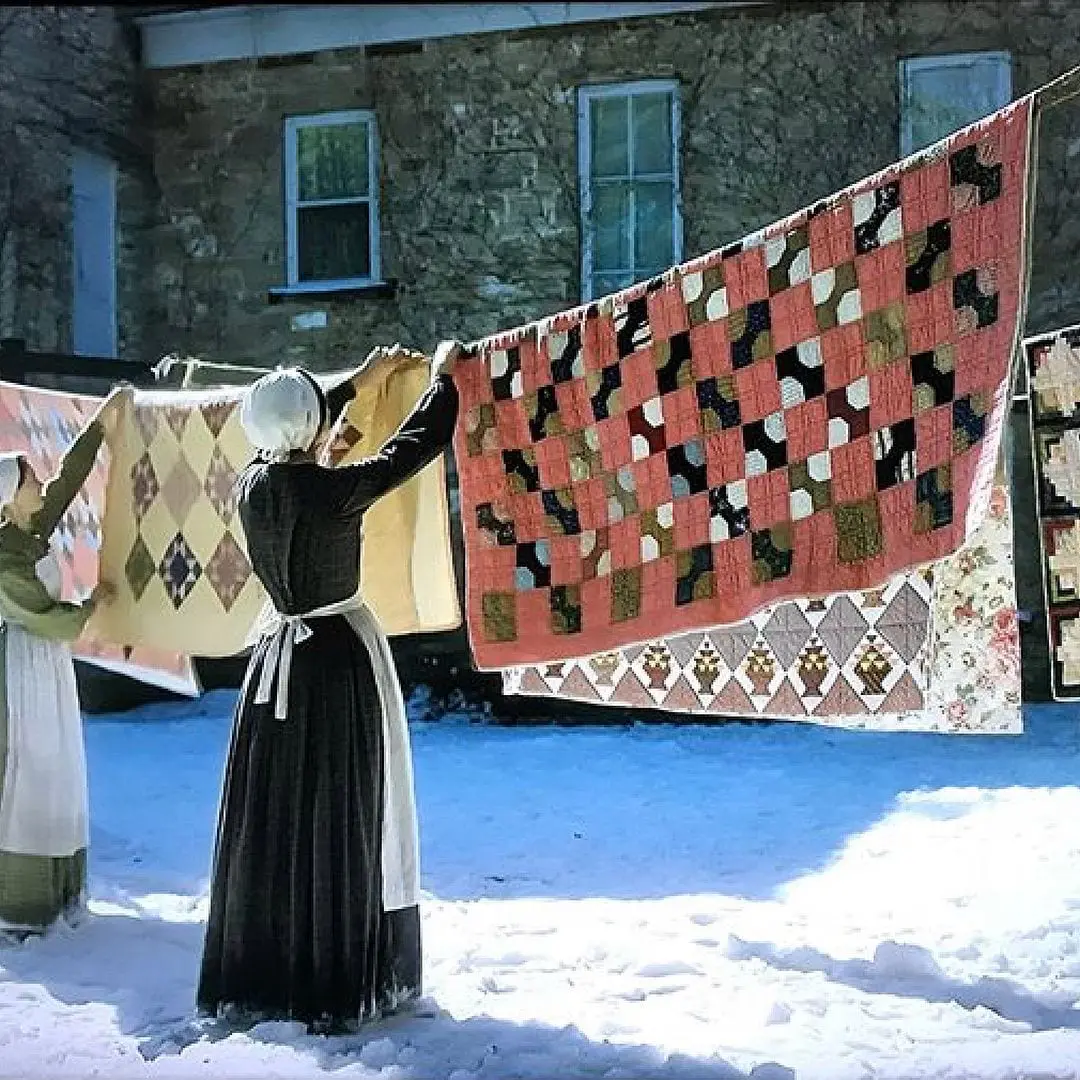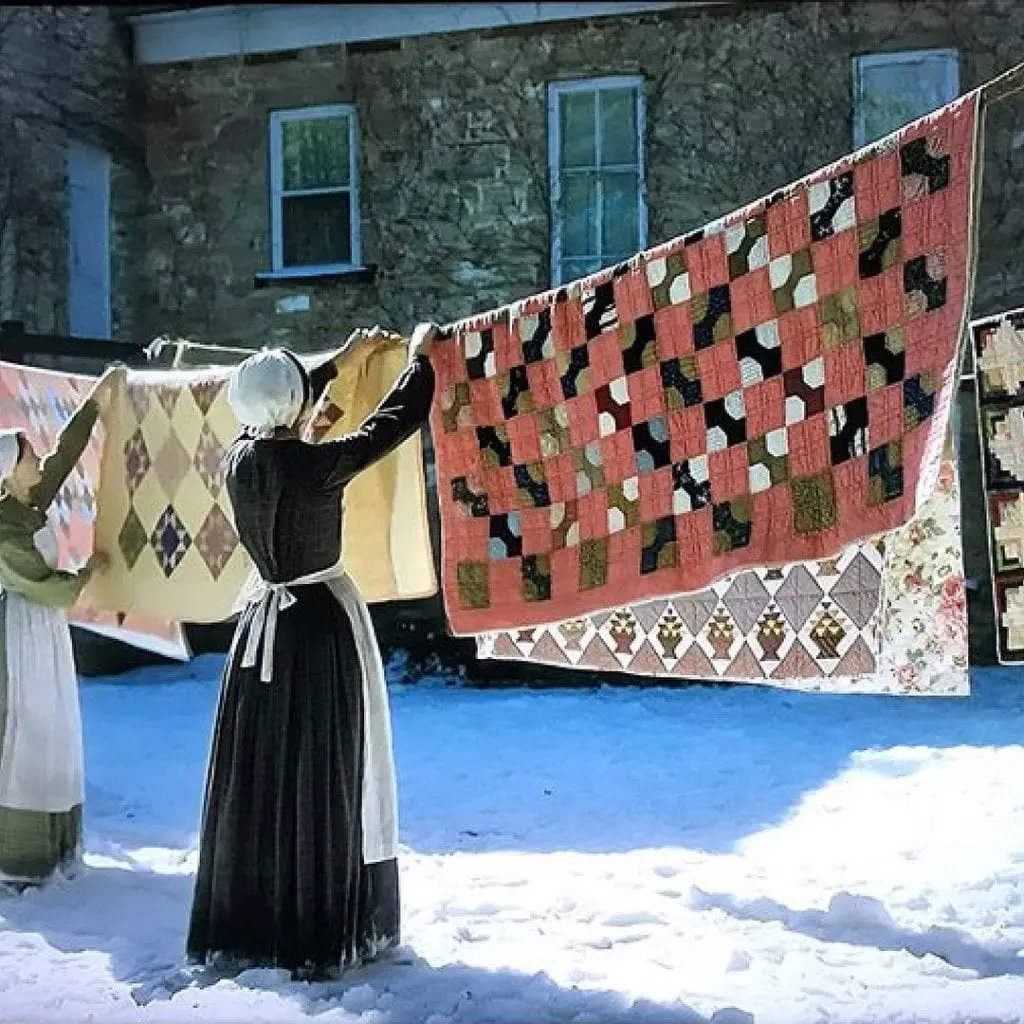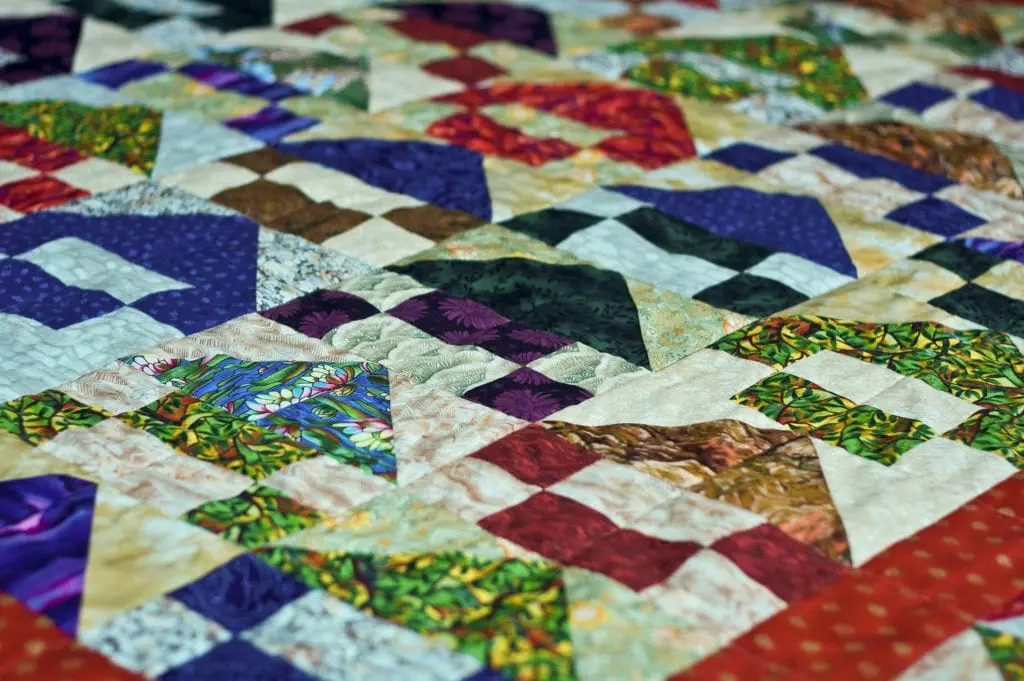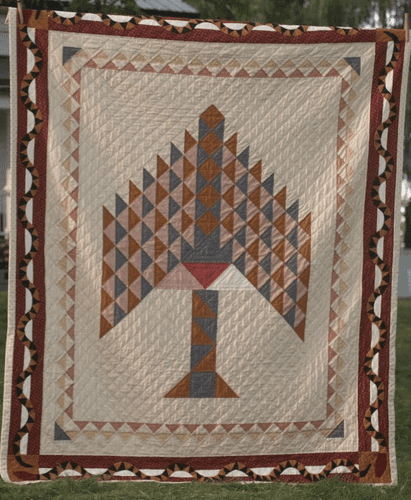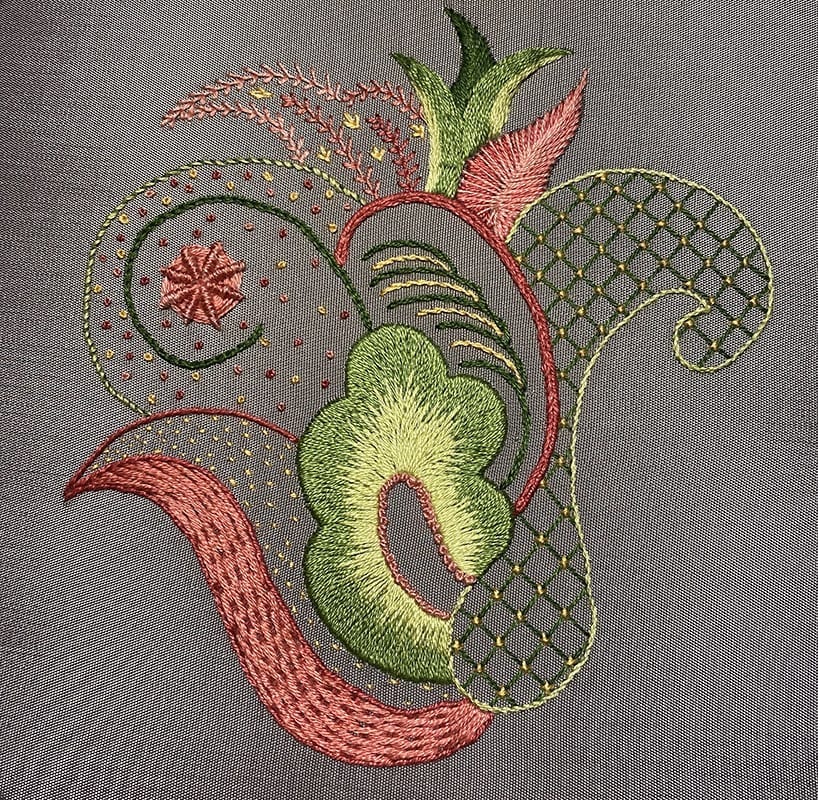
Everything you need to know about embroidery course tutor, Susie Finlayson

From the very start, people wanted to see an embroidery course here at Gartmore House. From 2022, we’re delighted to include it on our course programme and to get people stitching! Susie Finlayson is an experienced embroidery tutor and has been teaching her craft for many years. We had the chance for a catch up with recently to pick her brains about her crafting experience.
1. How did you get first get into embroidery?
My granny taught me to knit before I went to school and she helped me with some needlepoint kits. She was a real sticker for the back being as neat as the front! When I was around ten, I took up cross stitch. It became my go-to craft to relax when I was a student and throughout my working life. Giving up full-time work and having the opportunity to get involved with the Great Tapestry of Scotland in 2012 introduced me to what I thought of as ‘proper’ embroidery. It was absolutely incredible. I never thought I’d be able to do it but a lot of encouragement from Dorie Wilkie got me started and I’ve never looked back! A whole new world opened up to me and I’ve been fascinated by it ever since.
2. Has there been a particular project that taught you something unexpected?
I feel like I am constantly learning, especially when groups of people get together to stitch. There’s something about the rhythm of stitching that seems to relax people and often inhibitions go by the wayside. While running my embroidery course, I’ve learned everything from how to remove blood from fabric, to which particular participant had a crush on the local GP!
3. What project are you most proud of and why?
I suppose most people expect me to say that I’m most proud of my work on The Great Tapestry of Scotland and the new Welcome Panel. In fact, I’m prouder of the crewelwork piece I completed for my first module for the RSN Certificate in Technical Hand Embroidery. It was such an intense process from design, drawing, stitching and mounting that I didn’t think I would ever finish it but Helen McCook and everyone at RSN Glasgow was so encouraging and supportive. I look at the finished piece and I know how much blood, sweat and tears went into it (real blood on one occasion) and even though it may not be perfect it means a huge amount to me.
4. Who or what are your biggest inspirations?
I can’t think that there is any one thing that inspires me – I don’t think of myself as being particularly artistic (I was pretty much told never to darken the door of the Art department at school after it was no longer compulsory!) – but I do take a lot of photos on my phone of random things that catch my eye. Perhaps a shape, colour or texture. Maybe a pattern on wallpaper or cloud formations. My phone is full of seemingly random images which i go back to and often use as the basis for designs. I find myself more of then not looking at something and almost
5. Do you have any favourite techniques that crop up again and again in your work?
Embroidery is such a huge area that there always seem to be new techniques to try but I often return to crewelwork. I find the wool very forgiving when it comes to shading and blending and I love the feel of drum tight linen twill in a hoop or on a frame.
6. What are the common misconceptions about embroidery?
Many people have the impression that embroidery is a past-time for genteel older ladies but there are amazing textile artists out there using embroidery in some brilliant, innovative ways. From creative darning to political statements, beautifully intricate gold work, to cross stitch on industrial fencing, it’s a fabulous craft that can be adapted to many different situations.
7. What would you say drew you to teaching embroidery courses?
I have absolutely no idea! I can’t actually remember how my first embroidery course came about but I do know that I now get so much enjoyment from being with people, helping beginners overcome any initial nervousness and proving to people that they can create something beautiful that I can’t imagine doing anything else. During lockdown, I missed teaching the most. So many people come along doubting their own abilities and there is real satisfaction when someone masters a stitch they’ve struggled with or heads home at the end of the day having actually finished something they are proud of (lets face it, we’ve all got one of those drawers at home full of UFOs from craft classes!).
8. What would you say to someone curious about trying your craft for the first time? What should they know before they start?
Embroidery doesn’t have to be complicated or expensive – it can be what you want it to be. And just because you couldn’t do it at school, please don’t think that it means you’ll never be able to master it! There are so many different techniques, just come along with an open mind and give them a go! There’s bound to be something that you like!
And there you have it! Thank you to Susie for taking the time to talk to us and giving us such a lovely look into the world of embroidery. We can’t wait to see what kind of magic comes out of her next embroidery course.
For more information on Gartmore House’s embroidery course visit the course page or contact the team directly.
m: mail@gartmorehouse.com
t: 01877382991

